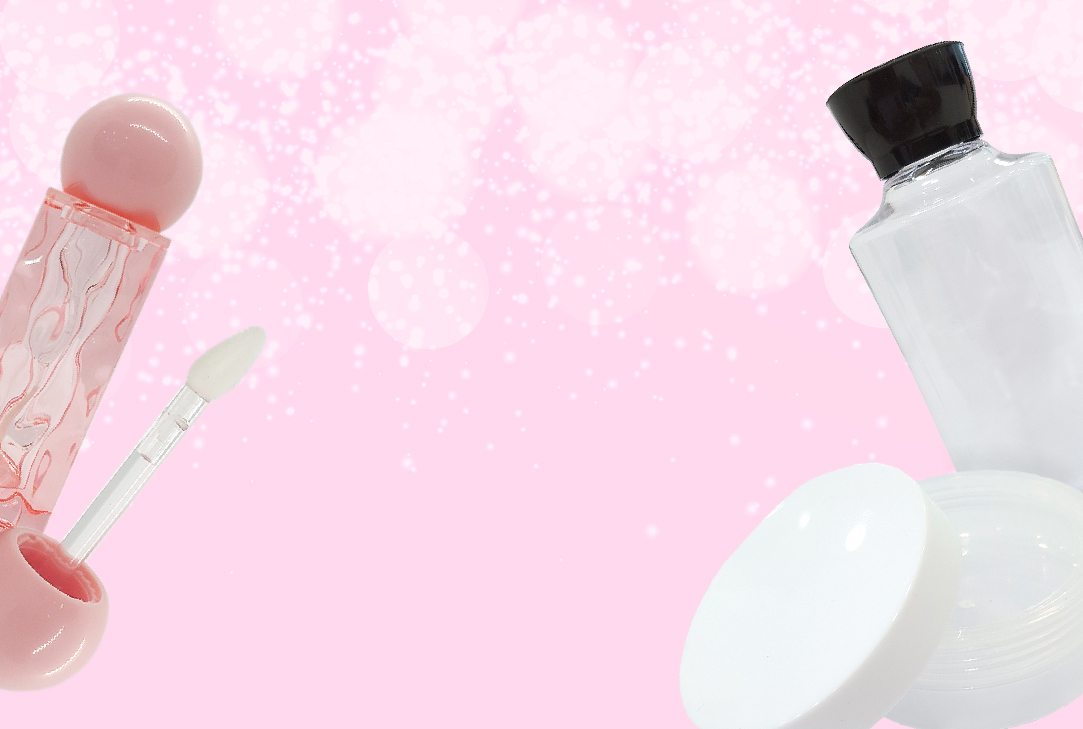The Evolving Beauty Industry in Malaysia
Welcome to the world of beauty, where the evolving industry never sleeps. With Asia at the forefront of this growth, it's no wonder Malaysia has become a focus. Let's delve deeper into what's driving this incredible boom in beauty startups and consumer trends shaping the industry. We'll explore key players in Malaysia's beauty market, advancements in product innovation and service offerings, and how retail channels are adapting to changing shopping behaviours. Buckle up as we uncover what's new and exciting, and what to expect in 2023-2024.
The beauty industry in Malaysia has been on an upward trajectory, with the market projected to grow significantly over the next few years. The Malaysian beauty market is diverse, with a wide range of local and international brands catering to different consumer preferences and needs. The market size, estimated at $4 billion, has attracted significant investments from both local and foreign players. One of the key players in the Malaysian beauty industry is Zalora, an e-commerce platform that offers a wide range of beauty, fashion, and wellness products. Zalora's success can be attributed to its omnichannel retailing strategy, which integrates online and offline channels seamlessly. Its mobile app and website have become popular shopping destinations for beauty-conscious consumers. Another major player is L'Oreal, which has a strong presence in Malaysia through its various brands, including Maybelline, Garnier, and L'Oreal Paris. The company has been successful in catering to the diverse needs of Malaysian consumers by offering a wide range of products that are suitable for different skin types and preferences. The Malaysian beauty industry is not without its challenges, however.
One of the major challenges is the lack of regulation in the industry, which has led to the proliferation of counterfeit products. Additionally, the industry is highly competitive, and new entrants face significant challenges in establishing a foothold in the market. Despite these challenges, the Malaysian beauty industry presents significant opportunities for growth and innovation. The rise of technology and social media has given small and independent brands the opportunity to reach a wider audience and establish themselves as credible players in the industry. Additionally, the growing interest in sustainable and eco-friendly products presents an opportunity for brands to differentiate themselves and tap into a growing consumer trend. Overall, Malaysia's beauty industry is poised for growth and transformation as it adapts to the evolving needs and demands of consumers. While challenges remain, innovative players who are able to differentiate themselves and provide unique value propositions will be well-positioned to succeed in this competitive industry.
However, challenges such as intense competition and rapidly changing consumer preferences will need to be addressed. To succeed in this industry, players will need to stay abreast of emerging trends and find novel ways to appeal to customers. In conclusion, the beauty industry in Asia presents a wealth of opportunities for players across the value chain, and Malaysia is poised to make its mark on this vibrant landscape.


